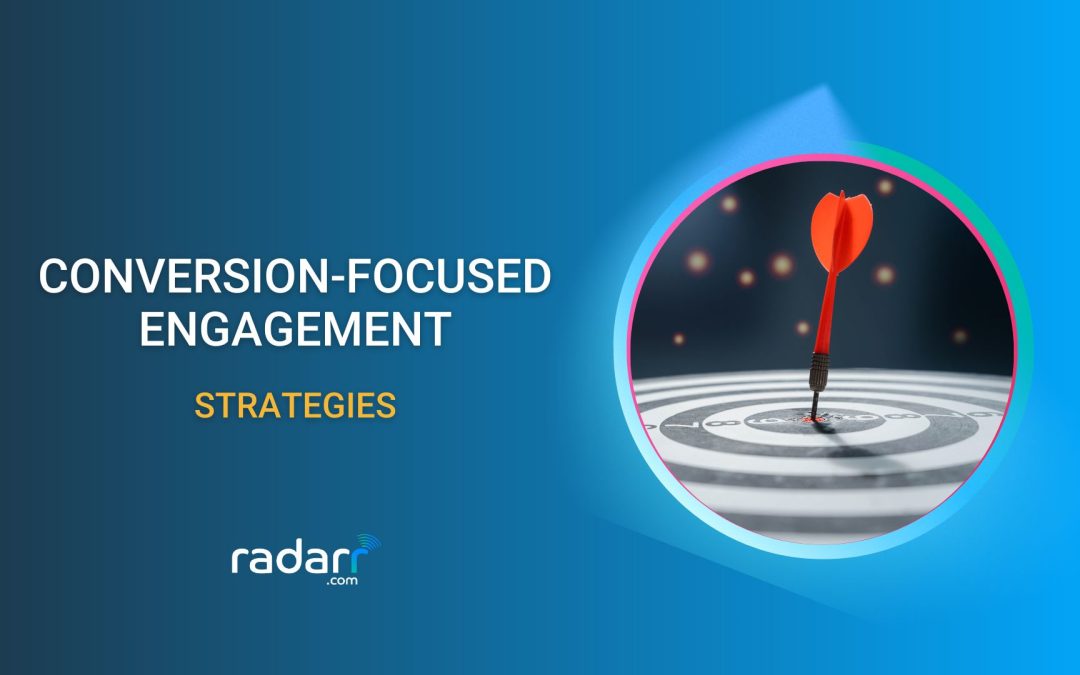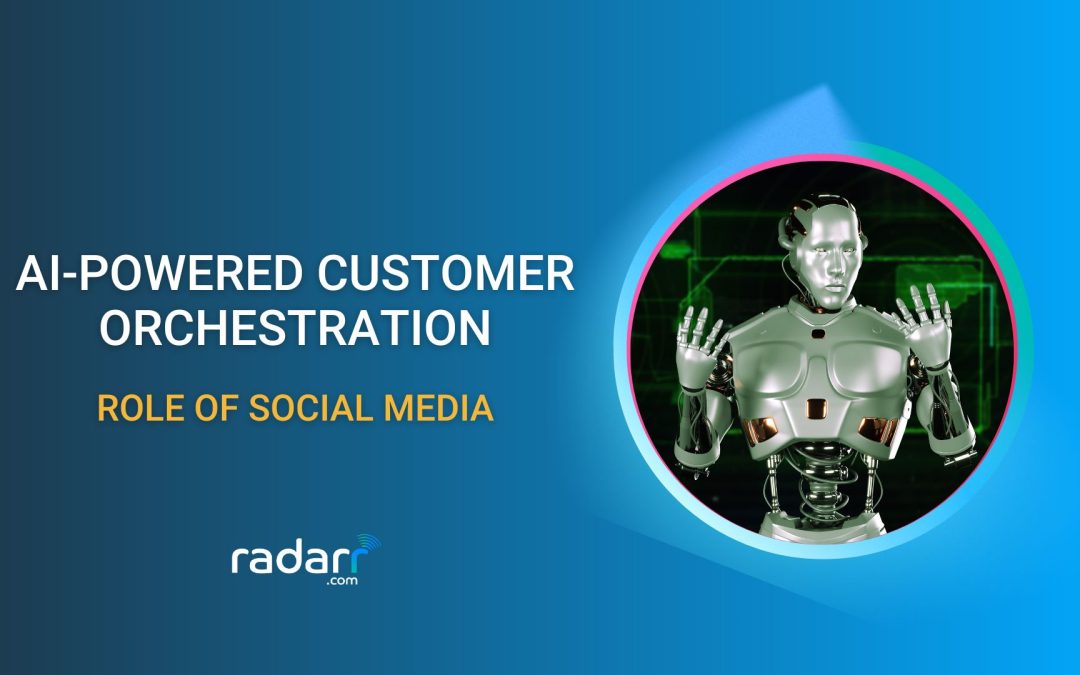Just like diamonds are said to be a girl’s best friend, we call marketing analytics a marketer’s best friend.
In times when the competition across all digital platforms, social media, blogs, forums and communities, is increasing by the day, the only way for marketers to keep their efforts streamlined and directed is by making friends with numbers to remove the guesswork out of their strategies.
Let’s tell you all about marketing analytics and why you can’t do without it in this post.
What is marketing analytics?
Marketing analytics refers to the study of gathering data from the various marketing campaigns you’re running, in order to identify patterns in your data. From how your target audience interacts with the campaigns, what contributes to conversions, regional preferences, creative preferences, purchase behavior, to insights that further define your ideal customer persona, marketing analytics includes deep-diving into it all.
The process of using marketing analytics employs statistics, predictive modeling and leveraging machine learning to be able to reveal actionable insights. To be able to market on social media or digital platforms in general, analytics is critical to understanding and predicting target audience behavior to optimize campaign experiences to drive better conversions and sales.
What is the goal of marketing analytics?
Marketing analytics enables organizations to leverage data for better planning, managing and evaluating efforts across multiple marketing and sales channels.
The goal of marketing analytics is to use patterns and findings from consolidated data to optimize future campaigns based on what is proven to work – both in terms of engagement and conversions.
Simply put, the goals of marketing analytics can be stated as the following:
- Gauge how well marketing efforts are performing and measure the effectiveness of marketing activity
- Determine what you can do differently to get better results across all marketing channels and platforms
The objective of marketing analytics hence can be stated as helping organizations improve the ROI from their marketing and advertising efforts.
Why is marketing analytics important?
Think about the number of channels and platforms your audience is present as well as active on for different purposes. As a business, you’re obviously inclined towards using all the channels possible to meet your potential customers where they are. But this has resulted in organizations spreading their efforts too thin, not being able to attribute success to any one channel or leverage all the opportunities it presents to them.
Marketing analytics is more than mere performance metrics. It is clear indicative of what is working for your business, what isn’t and where you need to improve to grow sustainably in a highly competitive and noisy market.
Here’s taking a look at some of the reasons why marketing analytics is a must-have:
1. Helps you quantify your claims
There are a number of marketing strategies that are hard to quantify but do have a big impact on the overall business objectives and goals. Think about the last time you had to explain the importance of consistent content marketing or social media marketing – especially when it’s about organic marketing; attribution becomes tough and you’re usually struggling to quantify what works and what doesn’t.
With the help of marketing analytics, you’re actually able to measure how each channel contributes to a customer’s buying journey with your brand. Apart from the performance of each campaign, you’re also able to identify ‘why’ a particular campaign gave a better ROI than the previous ones, to use the actionables as insights for future planning.
2. Turn data into actionable insights
Every social media platform comes with its own analytics and reporting dashboard. In addition to that, any marketing tool you make use of, offers its own set of analytics as well to help you measure a campaign’s performance. If you take into account every digital asset you own – right from your website to social media pages, landing pages, marketing tools, CRMs and more, the amount of data available to you is non-quantifiable, and ever-increasing.
According to a survey by Harvard Business Review, most of this data actually ends up remaining stored in individual servers. The few companies that do make use of this data are able to do so only in silos, treating each tool or platform as their source of truth, leading to misinterpretation of the insights that impact the overall marketing performance.
Marketing analytics is focused on collating data from different sources into one platform to ensure it offers a comprehensive view of all the insights. While this includes performance metrics of the various channels being used, marketing analytics also leverages machine learning and predictive modeling to club, categorize, sift through and derive insights from the scattered data. This gives you a complete picture of your marketing performance, letting you make better data-driven decisions.
3. Benchmark your marketing strategies
Owing to its capability to derive insights from scattered data points and platforms, marketing analytics actually helps you benchmark your own strategies against one another. This helps you understand what works for your business the best in terms of achieving certain goals, and what may be better for serving other objectives.
This helps an organization plan their resources in a much strategic way. For instance, they can decide which channels to use to fuel their top of the funnel, which serve better for the middle of the funnel and which get the best of conversions to keep the bottom of the funnel alive!
4. Stay aligned with objectives and goals
Marketing analytics gives you a comprehensive view of your marketing and advertising campaign performance. But more importantly, it makes it easier to measure how each strategy, channel and platform is adding to your eventual goal with the help of consolidated data and benchmarking.
This also helps align various marketing teams on the goals, to focus on driving one outcome together. For example, aligning the goals of your advertising team with that of your content marketing team can help get better results from your PPC campaigns.
5. Keep your resources well-optimized
Studies have found that the cost of acquisition has increased by 60% for most industries through digital channels. This not only indicates a higher competition for consumer attention, but is also nudging businesses to invest more heavily into digital marketing efforts – both organic and paid.
Marketing analytics is able to attribute marketing channels and platforms more accurately, giving you a comprehensive view of how it adds value to your overall business goals, and its ROI. This helps businesses streamline the resources required to keep that channel running – be it in terms of the team they need to have in place, or simply the budgets they need to set aside for running advertising campaigns.
How to use marketing analytics?
Marketing analytics can see a wide use case across various functions for a business. But let’s look at the ones that drive maximum impact for them:
1. Add more depth to ideal customer personas and create customer segments
Marketing analytics helps you uncover more information about your target audience through their engagement, interaction and purchase behavior. This helps brands go beyond the basic demographics such as age, gender, location and interests, to look into more concrete parameters such as likes, dislikes, purchase motivations, preferred brands and similar. This helps categorize customers into detailed customer segments that can fuel your marketing campaigns.
2. Understand consumer buyer journeys better
Every consumer is different and may take a different route to converting on your marketing or advertising campaigns. Marketing analytics sheds light on how different audience segments in your target market respond to communication, and how they move along the sales funnel. Considering how important it is to personalize buyer journeys, this insight from marketing analytics can make or break your campaign.
3. Leverage attribution to create optimized experiences
Marketing analytics helps businesses see the value each channel or platform brings to a buyer’s journey at different stages. With clear visibility on the path a potential customer takes from awareness to conversion, brands can create optimized experiences to reduce drop-offs; be it in terms of the value proposition they present or the marketing communication they use to keep interested buyers engaged.
4. Create omnichannel experiences for higher engagement and conversions
Studies have found that businesses using omnichannel marketing strategies see 27% higher engagement from their target audience, leading to higher conversions on campaigns. With the help of the right attribution and better segmentation, brands can create tailored marketing campaigns for every stage of the buyer journey for better omnichannel experiences.
This also helps them improve their brand recall leveraging the multiple channels their target audience makes use of on a day to day basis.
5. Identify market opportunities and loopholes
Apart from what’s working for your business growth and what doesn’t add value to your goals and objectives, marketing analytics can also help you uncover new market opportunities and predict pitfalls that may have a negative impact on the business. This is especially important for businesses that want to scale globally, but require concrete data to reach newer markets and audience segments.
In addition to the above, organizations can leverage marketing analytics to identify market trends, consumer preferences, offer better customer support and service, analyze competition better and predict future demand.
Despite the various benefits and use cases of marketing analytics, many organizations are slow to pick up. Let’s take a look at some of the biggest marketing analytics challenges and how you can tackle them head on.
What are the most common marketing analytics challenges?
1. Data quantity
Digitization and big data has led to an increase in the amount of information available to businesses. From social data to demographic and behavioral data, marketers have access to all too much data and are often found grappling when it comes to collating the right metrics. They either end up using the wrong data sets or not being able to tap into as much information that helps them define their target audience better.
2. Data quality
Apart from having access to all too much data, there is also the problem of data quality. According to Forrester, 21% of business budgets have been wasted due to low data quality. Marketers and organizations often struggle to identify or define the right data sources to fuel their marketing and advertising campaigns.
3. Lack of data scientists
Even if organizations figure out the right data quality and quantity, there is a lack of data scientists. These are professionals that are able to read into the data collected and correlate various data sets to derive insights and actionables that can fuel business growth. The lack of data scientists equals not being able to understand data.
4. Attribution models
Most organizations struggle to find the right attribution model for their target market. Since most are making use of multiple channels to reach out to their audience, there is often a struggle in understanding which channel or platform actually adds value towards the business goals and objectives.
5. Correlating data
Most marketers are reading data in silos from different channels, platforms and tools. This results in segmented data sets that hold value in silos but are hard to correlate or tie together for a comprehensive view. The lack of consolidated data is one of the biggest marketing analytics challenges.
How to leverage marketing analytics?
The only way for businesses to tackle the challenges of marketing analytics and make the most of the framework it offers is to leverage business intelligence tools like Radarr.
Radarr is a powerful social listening, monitoring and analytics tool that helps businesses tune into online conversations across the globe, depending on the topics they want to listen to. The tool further adds a layer of audience intelligence on top of social data to equip businesses with concrete information about their market, visualizing information in easy to understand graphs that don’t require data scientists to read.
Ready to make the most of marketing analytics? Book a demo of Radarr today.












